6 Can’t-Miss Tips & Tricks for Capturing Stunning Architecture Photos
No matter what city you go to – there will always be some amazing architecture just waiting to be captured.
Unfortunately, though – while the architecture may be interesting – the resulting images aren’t always so great. It’s surprisingly easy to take really bad photographs of amazing buildings! Part of the reason that these images don’t always turn out how we’d like them to is because photographing buildings is different from many other types of photography.
A far cry from the usual portraits or landscapes that most photographers tend to go for, architecture is a unique type of photography – one that requires a different approach.
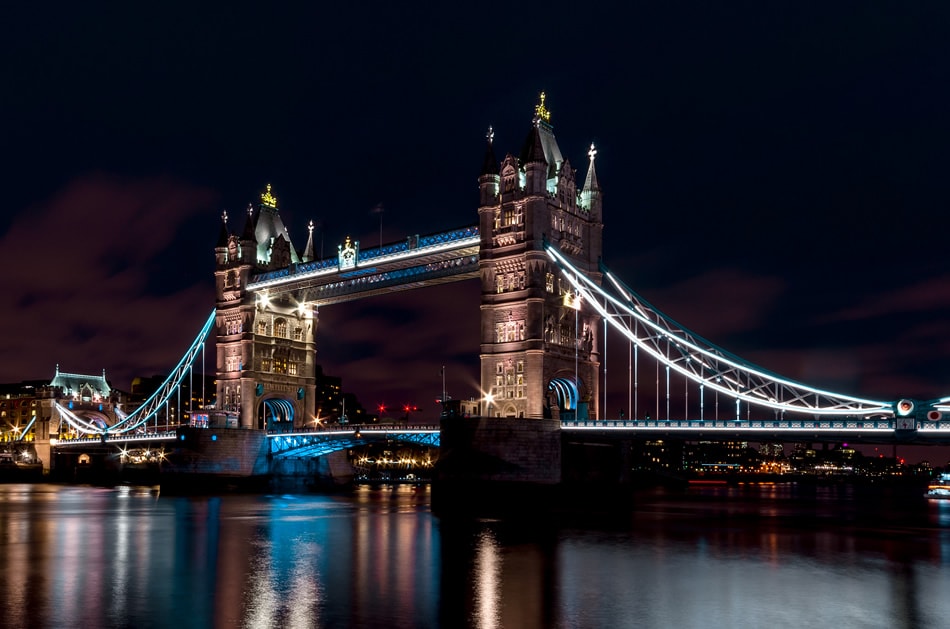
Photo by Tim Benedict Pou
One of the most important things to remember when doing architectural photography is that there’s a good chance that the building that you’re about to photograph, will have already been captured many times before. Just because this is your first time visiting the structure – doesn’t mean you are the first. In order to capture something unique, you’re going to want to look at the building from a different angle – capture a little-known detail, or otherwise showcase the structure in a unique way.
If you’re looking for ideas to help your architectural photography to stand out, here are some tips to help you capture some amazing and unique images.
1. Consider the Lighting
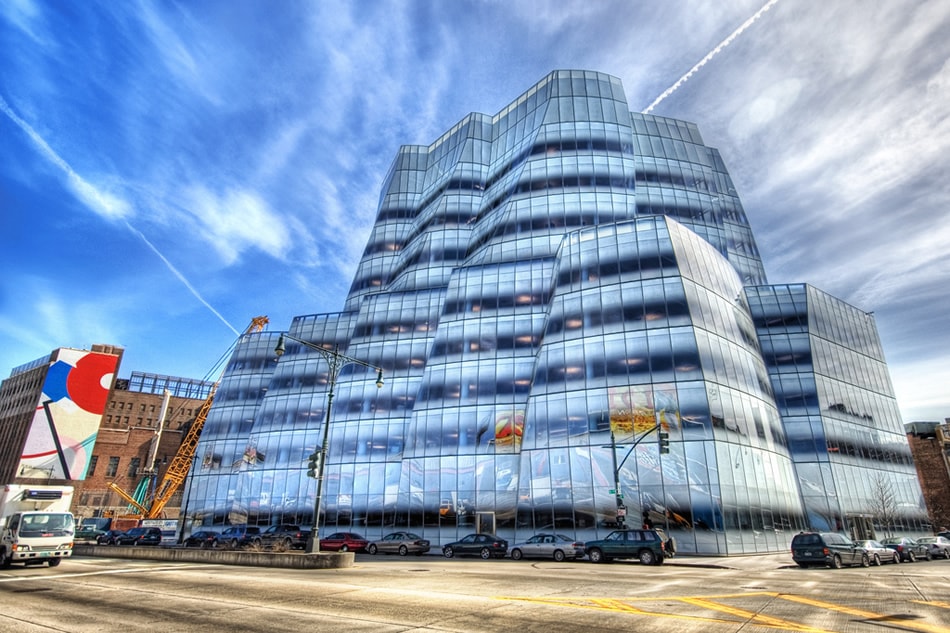
Photo by Trey Ratcliff
Lighting is important, no matter what type of photography you’re doing. When it comes to architecture, the right lighting can completely transform the look of the building. Photographing at night, for instance will result in an entirely different image than you would have gotten had you photographed it during the day. Another issue with tall buildings, is that these structures can be challenging to photograph, since there are often shadows and reflections to contend with.
The way the light hits the building and windows, illuminates it, or reflects off of it will make a big difference in your architectural images, and you’ll want to consider the time of day and weather, before you go out. If you find that you’re unable to get a good shot, consider heading around to a different side of the building – where the sun may be at a better angle.
2. Check Your Gear
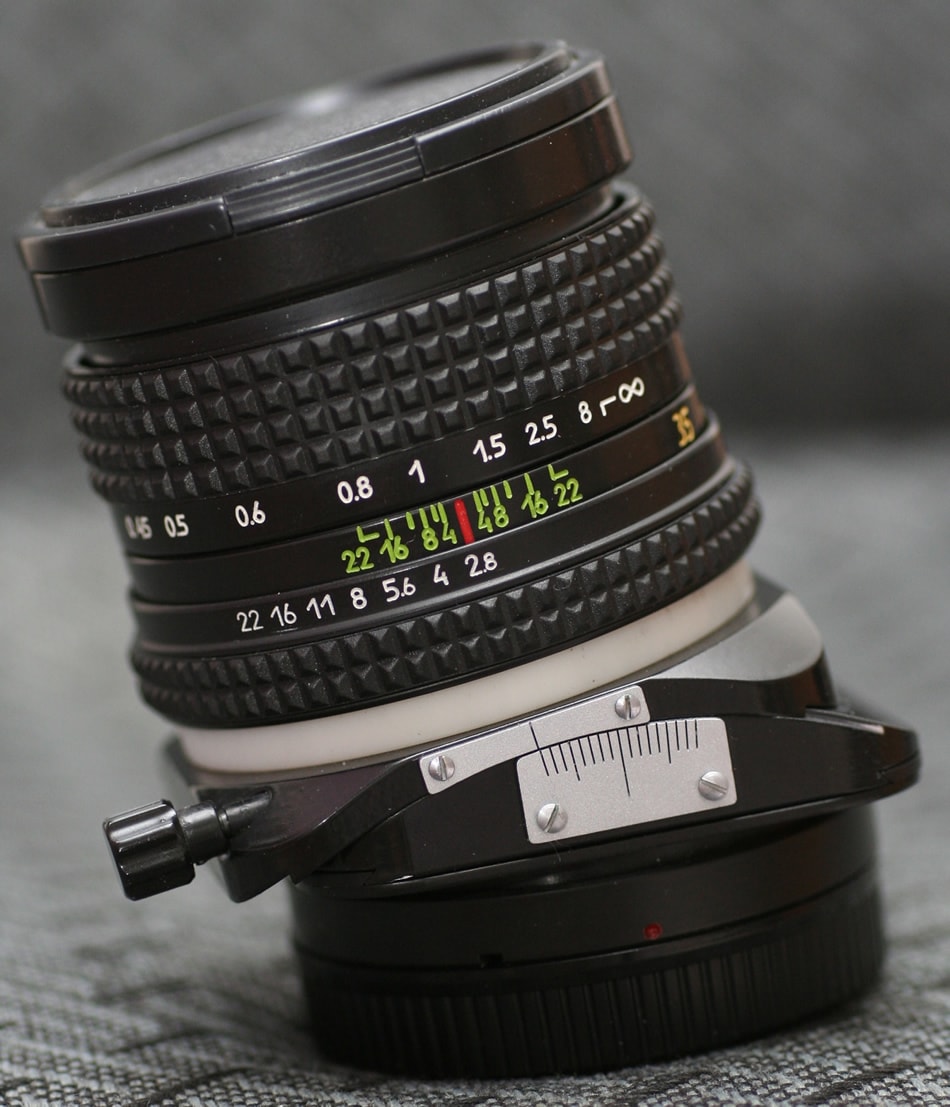
Photo by bengt-re
Having the right gear can make it easier to get some great shots. Here are some things you should pack when you’re heading downtown.
- Tripod: Bringing along a tripod may be the last thing you want to do, but if you are shooting structures, you will want a stable foundation to help your images to turn out sharp and clear.
- Wide Angle Lens: A wide angle lens is a great lens that will ensure a majority of the structure will make it into your image. This is especially handy when you’re shooting buildings in cramped city streets, where you won’t often have a lot of space to work with. It’s important to note, though; that wide angles will tend to cause the objects in the foreground to appear larger, and more prominent than the ones in the background. While this can produce a great, dramatic effect, if you’re hoping for a more solid architectural image, you’ll want to use a longer focal length.
- Tilt Shift Lens: If you’re going to get serious about architecture photography, you’ll want to invest in a tilt shift lens. This type of lens will help to keep vertical lines vertical, which will eliminate the “falling building” effect, where the lines of the structures converge in the distance, creating the illusion that they’re falling.
3. Change Your Perspective
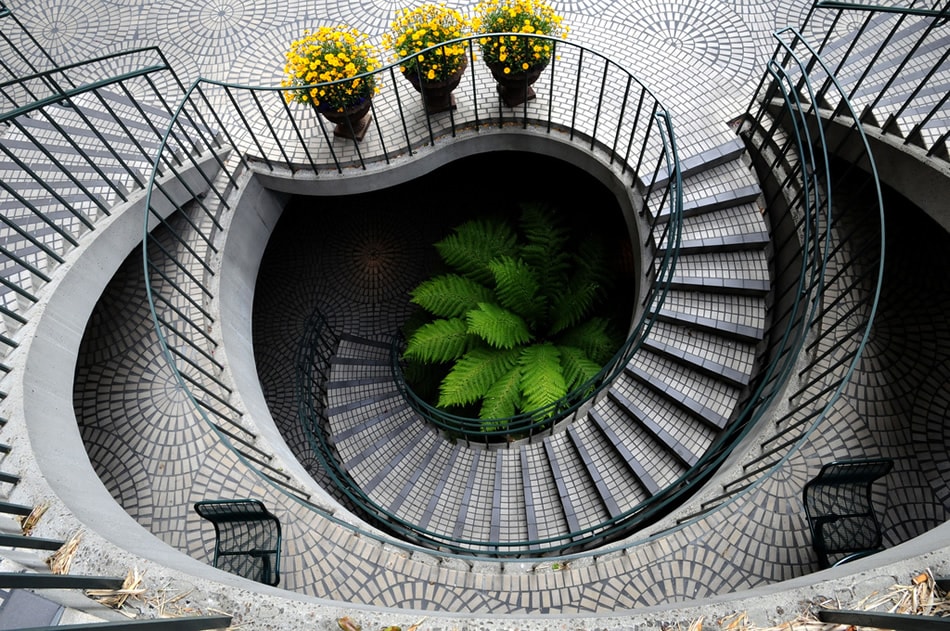
Photo by telmo32
If you’re in the market for unique images, don’t be afraid to change your perspective. Changing your angle; whether it’s to include more, or less of the building, or to include a detail that makes the building special and unique will help you to capture some great photos.
4. Try Out Black and White
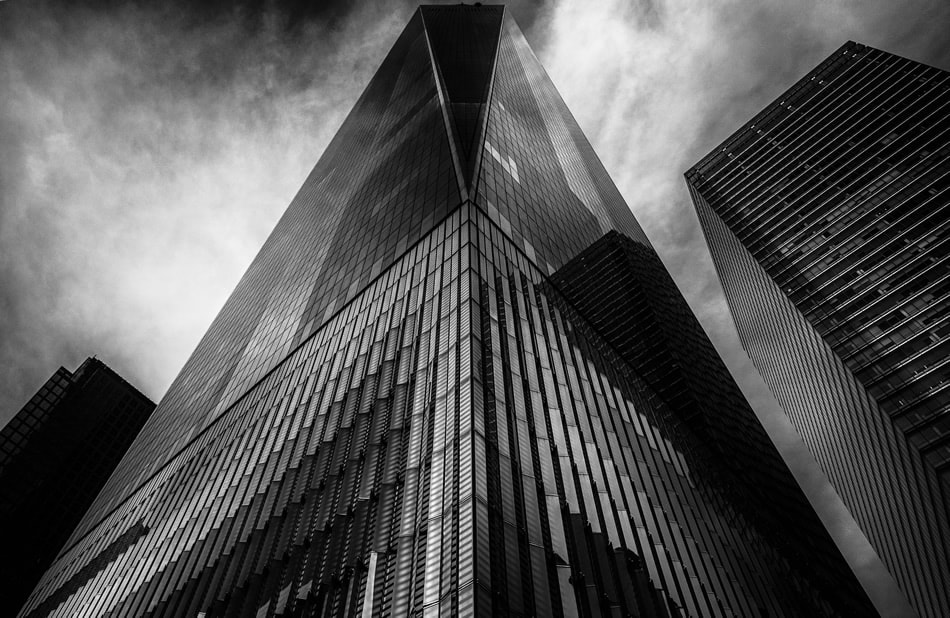
Photo by Marcela
Black and white images can be fascinating, especially when it comes to architecture. These images tend to convey a sense of timelessness, and often appear more dramatic or emotive than their colored counterparts do. They also help to show off the form and architectural details of the building.
When composing your black and white shots, keep in mind that you’ll want to look for strong details – like texture, form, and contrasting shades of light and dark to create strong and compelling black and whites.
5. Remember the Background
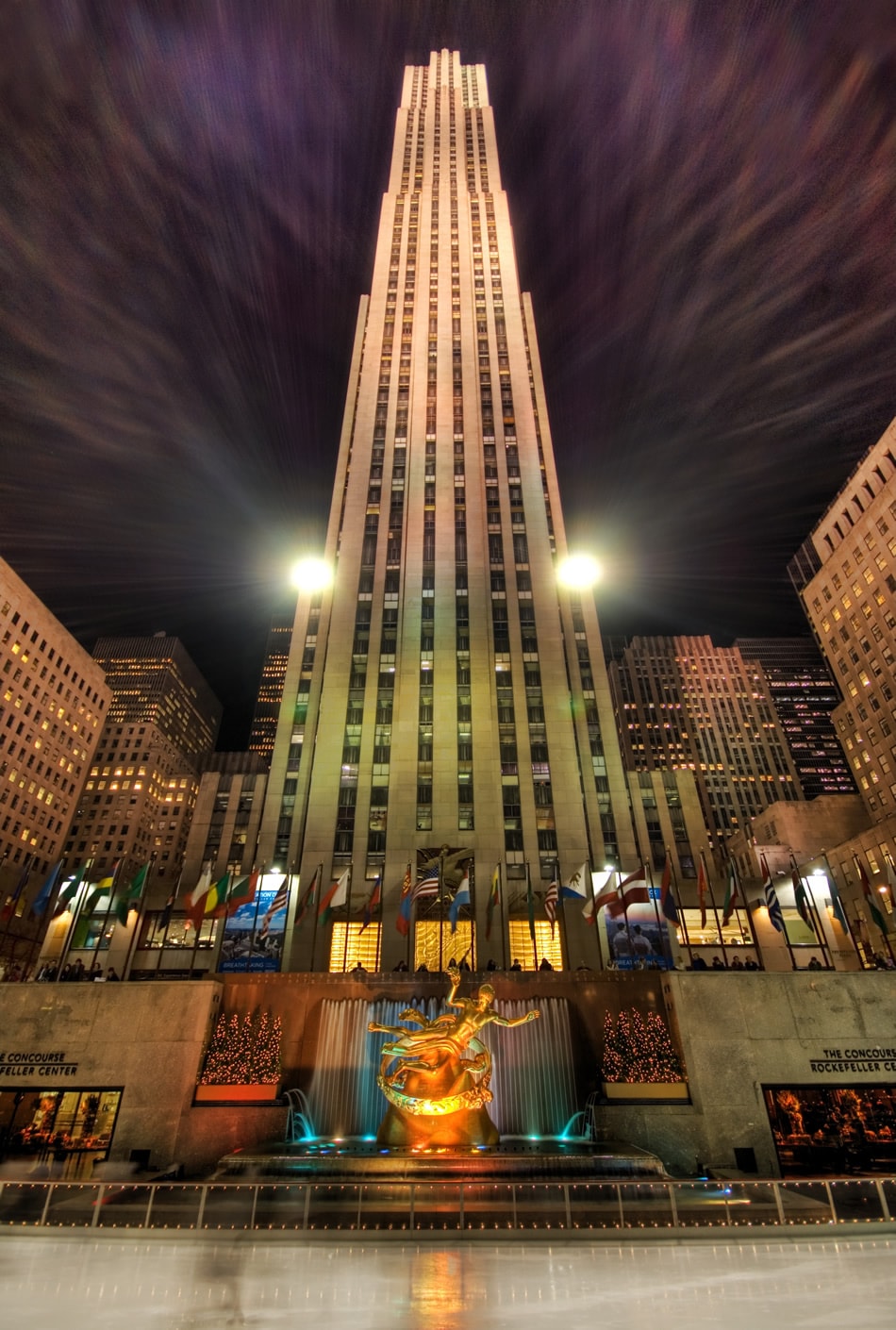
Photo by Trey Ratcliff
In many architectural images, the structure itself will take up most of the frame, but this doesn’t mean that you should ignore the background. When composing your shots, keep the distant elements in mind, and try to angle your shots so that the main point is enhanced by the background.
In many cases, your background will be the sky, so choose your time of day carefully when heading out. For instance, you want to show up when you’ll have a chance to include a beautiful sunset in the distance.
6. Do Your Research
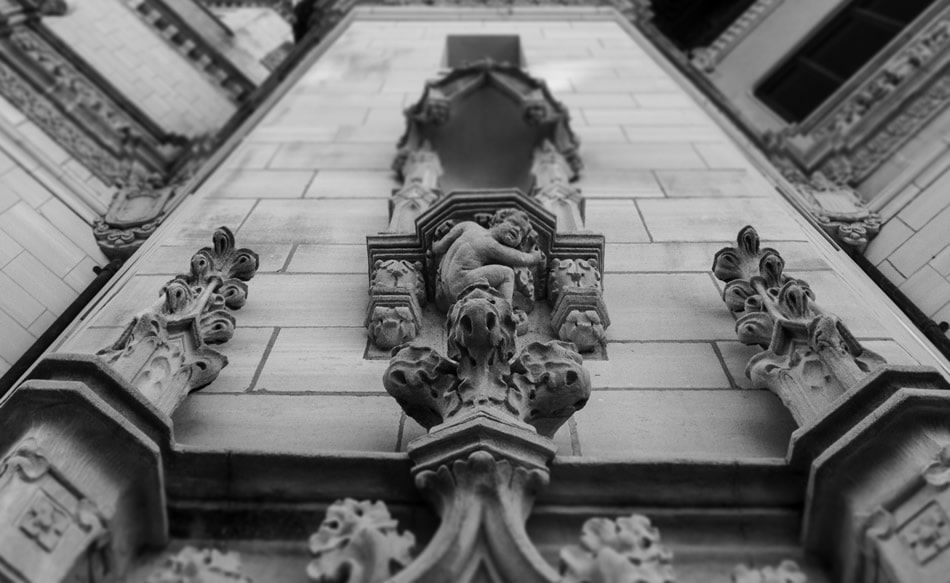
Photo by allen
Photographs that tell a story are more compelling – this is true when it comes to architectural photography as well. If you can, try to do some research to learn about the history of the building – and gather some interesting facts about it. Being familiar with the building could give you a chance to work some of those interesting details into your composition, helping you to tell the story through your image.
Finally, it’s important to remember that you can’t rush perfection. If your shot isn’t turning out how you’d envisioned – don’t give up. Instead, try a different angle – head inside to do some interior shots of the building, capture details in the architecture, or try again another day. It may take time and effort to get the shot that you were hoping for and it certainly isn’t something that can be rushed. As they say “Rome wasn’t built in a day.” Great architectural images take time too, so don’t be afraid to take a few moments to step back, take in the setting, adjust your angle, and recompose your image to get the perfect shot.
Do you enjoy architectural photography? Feel free to share your stories on Twitter or Facebook!
